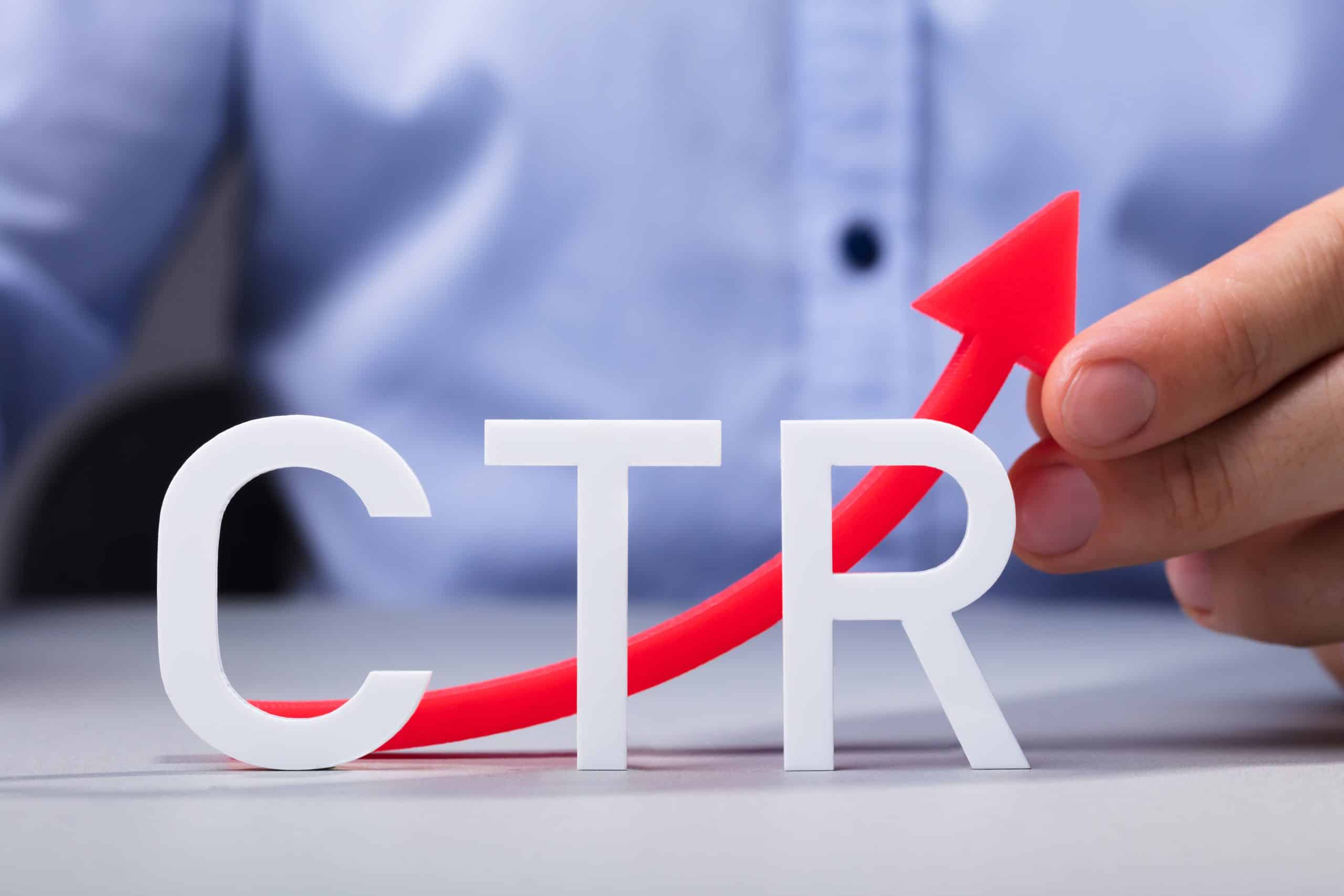It wasn’t long ago that advertising referred simply to TV ads, billboards, or buying space in a print magazine. But lots of trends have converged at once to change the key pillars of advertising: Cable TV viewing has declined, third-party cookies have been banned, streaming media has become fast and available, and social media platforms have proliferated quickly.
Audiences now are tech-savvy, discerning, and often short on attention. They’re skipping through or avoiding TV ads, they’re using mobile devices, and they’re streaming media: Nielsen found that video streaming sites account for 25% of TV usage.
Businesses of all sizes are tackling these changes in multiple ways, with varying degrees of success. Let’s look at the necessary strategies and tactics to reach today’s audiences to meet revenue and other goals.
Identifying What Needs Your Brand is Addressing
The challenge of developing modern advertising strategies lies in deeply understanding your brand’s promise to users — and who those users are. These steps can help outline what your brand needs to know at this stage.
Identify Your Goals
What is your business trying to achieve with advertising efforts? Consider the specific goals or KPIs as you start your planning. Depending on your industry, business maturity, and budget, these could be brand awareness, lead generation, conversions, or other measures. You should also have a solid understanding of what your company is offering and why your products or services are useful to your prospects.
Get to Know Your Audience
Knowing your customers and potential customers is the first step toward reaching and connecting with them. If you haven’t already, build a buyer persona that takes into account what you already know and what you can gather about your ideal buyer. What are their demographic attributes? Where are they active online or in-person? This step is key to making sure you target wisely and don’t waste your resources on the wrong channels or audiences. Marketing only to the right audiences will lead to better results and more revenue later.
Crunch the Numbers
With business goals established and a grasp on who your audience is, start mapping out where to spend your budget first. This will change over time as more data becomes available, but to start, try a few channels and formats to start reaching your prospective users.
7 Modern Strategies to Effectively Reach Your Target Audience
With all the advertising options available, where will you start? Once your business goals, ideal audience, and budget are aligned, you can choose which of these strategies — or combinations of strategies — will be the best mix for your business.
Social Media Marketing
Social media is an important organic channel, and its advertising options are also robust. LinkedIn Ads are key to reaching business audiences, while more consumer-oriented channels like Facebook and Instagram offer more personalized options. The Facebook algorithm excels at audience identification and tracking, helping target new audience members and gather information as you run ad campaigns.
Plus, consider remarketing — showing ads to users who have already visited your website — as a tactic to remind users of what your brand offers, if they don’t buy anything the first time they see your ad.
Content Marketing
Content marketing is an always-on way to educate, entertain, and advertise to your audience. It is the creation of relevant content that touches on topics your audience is interested in. This specialty includes many channels and formats, such as videos, blog posts, articles, social media posts, emails, graphics, and more. Email marketing, as part of content marketing, can be a useful way to capture customer data and later add affiliate links or native ads.
Interactive and Immersive Content
Creativity wins in modern advertising content. With lots of new and emerging technology, brands can make an impact and attract new audiences if they think outside the box. Interactive and immersive content options might include virtual reality (VR) or augmented reality (AR) tools, interactive content like quizzes or maps, personalized calculators, polls, and more. With any type of interactive content, keep the audience’s preferences front and center to engage with them and build your brand.
Video and Live Streaming
Video and live streaming encompass most of today’s popular channels, whether on social media platforms or embedded in websites. Influencer marketing often overlaps with this area of advertising, too. Creativity in video and live streaming can help your brand gain recognition and drive purchases, particularly short, entertaining, social-first videos.
Personalization and AI
Personalization and AI are still in their early days, so there’s plenty of room to experiment and get creative in this space, as long as you’re keeping your audience and business goals in mind. AI-fueled personalization can include chatbots, recommendations on what to check out next, tailored ads, and immediate customized content based on user preferences and behaviors. Using AI intelligently can save marketers a lot of time and reap solid rewards. Consider some of the many emerging tools available for personalization and AI in advertising, including Bloomreach for targeted product recommendations, Jasper for intelligent chatbots, and Amperity for personalized content.
Native Advertising
Reaching people where they are is essential for successful modern advertising. Native advertising is paid advertising where the ads look and feel just like the media where they appear — the “native” format. They don’t stand out as ads on a website, making them easily approachable to users. A potential customer might see a native ad as a recommended piece of content, or as part of a social media news feed. They also show up at the top of Google search results. Consider placing native ads on the channels your users frequent, and make sure to take advantage of the available targeting options to reach them.
Programmatic Advertising
Another modern advertising option is programmatic, where algorithms and data dictate where, when, and how much ad space your business will get. Programmatic advertising might include private marketplaces and real-time bidding, with Facebook Ads and Google both offering targeting options for valuable audience members. This option can be very efficient, allowing for specific targeting, and offer a one-stop shop for businesses to manage all their live ads.
How to Measure the Impact of Modern Strategies
There’s no shortage of data in the modern world of advertising. Each channel or platform will likely offer its own ways for you to access data that will detail the success or failure of your latest strategy. With this data, you’ll want to understand which topics are leading to the highest audience conversions so you can then build more of that type of content, or repromote and re-advertise the content you have on that topic already. Also look at the data that shows which content performs best on which channel, so you can focus on videos for social, for example.
In general, remember that digital marketing and advertising strategies take time to show results. Make sure you’ve mapped out time frames in advance so you can stop, take stock, and adjust as needed. Also keep in mind that one great ad can bring in more leads, conversions, and revenue than 10 less-targeted, lower-quality ads. Focus on what’s doing well and how you can do more of it. If your ads aren’t doing well, return to your key learnings about what your audience wants and see if you should tweak messaging, retarget ads, or try another channel or platform.
What Are the Challenges in Modern Advertising?
Before the busy internet age, you might have four or five good choices for your ads, depending on the audience and product. The biggest challenge nowadays is figuring out where your audience is, and how to best reach them. Getting your message to the right people is the primary goal of digital marketing and advertising, and it requires a lot more research and data than it used to.
Marketing to the wrong audience will waste resources, and missing a key audience can mean your results won’t reflect the reality of your brand and products’ promise. Creating the right mix of channels and formats in your advertising, then, matters a lot, as does spending money in the right places. At the beginning, it’s particularly important to test and learn from your hypotheses about what audience members like and where they can be found. Testing and learning never really stops in the digital era, but use your judgment on what to keep running at all times, and where to test new theories.
Key Takeaways
Modern advertising is a wild world, but don’t be discouraged by the sheer volume and variety of options available. You can use this range of options to your advantage when you know your audience and use the data available to experiment and innovate. Best of all, modern digital marketing rewards agility and creativity. If you can create entertaining, trend-driven short videos quickly, you’re already ahead of the game. If your small team can brainstorm a campaign based on your product and audience knowledge, and bring it to market, you’ll know quickly whether it’s a success or not, and take a lot of learning from that. Try new things, embrace the options and strategies available to you, and you’ll be on the road to success.
Frequently Asked Questions (FAQs)
What is a good way of getting the audience’s attention?
Audiences have short attention spans and a lot of competition for that attention. You can get in front of them with creative, compelling content. To do so, make sure you understand what their day-to-day problems are so you start with your audience in mind, not with your product or offering. It’s also important to know which trends and priorities are surfacing in your particular vertical or industry, and have data and other details available to back up what you’re saying. Talk to your audience like humans, with a strong narrative and a conversational approach. Use visuals, consider new options like immersive experiences, and always present your brand as an expert.
What is the best way to communicate to an audience?
Whatever your audience, you’re communicating to busy humans who are often overwhelmed or inundated with content across the internet. Knowing your audience includes figuring out how they like to hear from you, whether that’s via email newsletter or on LinkedIn. Pay attention to the signals they send about where they’re consuming your content. Always be concise about what you’re saying to them, as well as clear about what you’d like them to do back, whether that’s visiting your website, sharing a social media post, or answering a poll.
What is the most effective way to persuade an audience?
In digital marketing and advertising, audiences are persuaded by expertise and trust in the brand or product. When prospects feel like a company understands their problems and needs, it’s more likely they will make a purchase or convert to a lead. This doesn’t happen overnight, but speaking to your audience authentically and consistently, across all formats and channels, will build authority over time.



